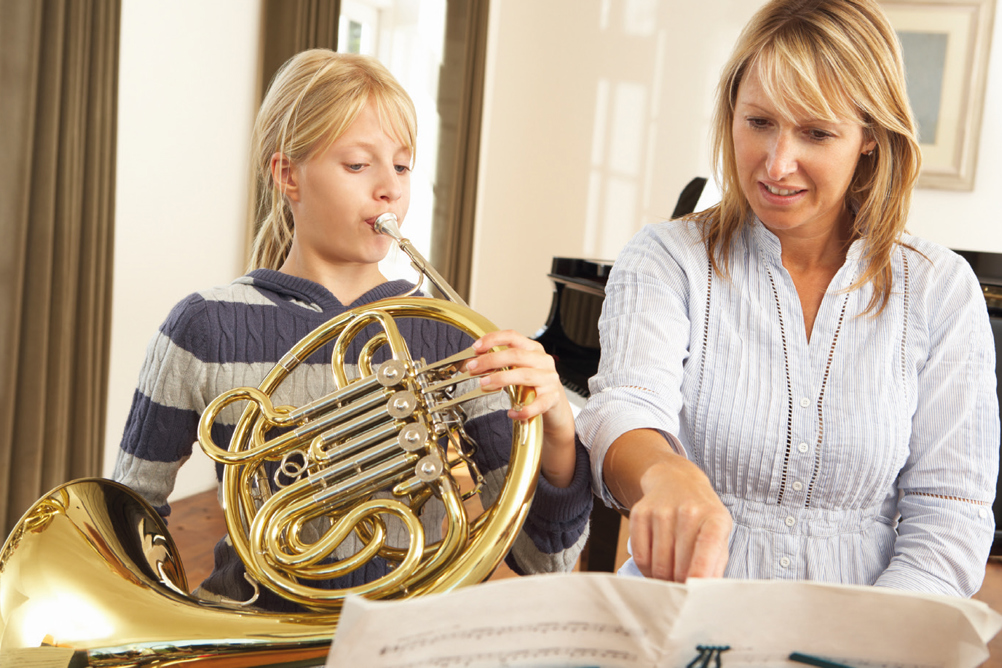
Each year, hundreds of instrumental and vocal teachers contribute to the ISM's fees survey, which explores rates for private lessons and work in schools, both freelance and employed. Open to all teachers, not just ISM members, the survey is the largest of its kind. The findings offer a valuable snapshot of typical fees charged across the UK and are available to both members and the wider music community.
For the current survey, the reference point for questions was September 2024. The responses show that nearly half of private teachers have increased their fees since September 2023, with pay growth slowing for employed teachers. Self-employed visiting teachers saw a modest average increase per hour, with independent schools offering the highest rates.
There has been a steady increase in the proportion of less experienced teachers completing the survey since 2019, but the highest music qualification held by respondents remains a music degree or equivalent. Piano remains the instrument offered by the majority of respondents.
Teaching fees
Of the 91% of respondents offering private teaching, 40% had conducted both face-to-face and remote teaching, with just under 10% charging slightly lower fees for online lessons. 43% of respondents had increased their hourly face-to-face rate since September 2023 by an average of almost £3 per hour. Charges ranged from £10 per hour to £150 per hour, with a median rate of £40. Nearly half of teachers expect to increase their fees by September 2025.
Regionally, north-east England saw the biggest increase in median rates, up by almost 10%. Most other regions had above-inflation increases over the previous year, but rates in the Midlands, south-east and south-west England remained the same.
Forty-one per cent of respondents who are employed reported an average increase in rates of £2.62 per hour, although this was down from 61% last year. Overall, median hourly rates remained the same as 2023/24. However, there were above-inflation increases for those employed by state-funded schools, music hubs and specialist music schools, with a slight fall for those in independent schools. Just under a third of respondents expect their fees to increase by September 2025. As with private tuition, median rates for Inner London increased above inflation, in contrast to Outer London, where there was a slight fall, and the south-east, which remained the same as last year. Yorkshire saw a sharp decline in the median rate.
Just over half of self-employed visiting music teachers reported that their fees had increased since September 2023 by an average of £2 per hour. 50% of those responding expect their rates to increase this year. The median rate across all establishments was £38, up slightly on last year. As in previous years, fees are much higher at independent schools where the median rate increased by more than 7%. Self-employed teachers in London and the south-east have much higher rates than other parts of the UK; the Inner London rate is £16 higher than in Northern Ireland.
Just under a quarter of all respondents had offered group or ensemble lessons, with the average number of nine students per group. The median rate for this was £40 per hour. 30% of these teachers reported that their hourly rate had increased since September 2023, with the median increase being £2.50.
Monitoring trends
Instrumental and vocal teachers are a vital part of the music education eco-system and the ISM is grateful to all the teachers who responded to this year's survey. The results allow us to track and monitor trends across the country and respondents play a vital role in helping us to understand how external events are impacting the sector. The full results of the survey, independently run by Naylor Research Partnership, can be found at ism.org




